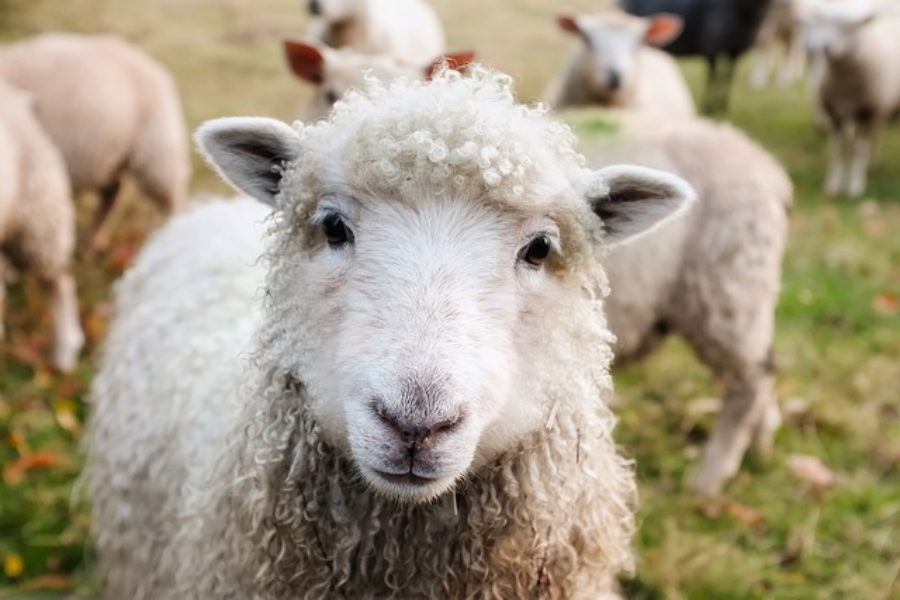Unraveling the Enigma: Exploring the World of Skapies
Introduction
In today’s fast-paced world, the enduring fascination with nature’s wonders remains as strong as ever. One such marvel is the skapies—a breed of domesticated goats that have a storied past reaching back to ancient civilizations. Originating from the formidable Zagros Mountains, these creatures have not only shaped ecosystems but also woven themselves deeply into human history and culture.
Skapies, with their resilient nature and adaptable characteristics, have served not just as livestock but as vital partners in human survival. From providing milk and meat to assisting in agriculture with their grazing habits, they’ve been integral to many societies across the ages. Beyond their practical roles, skapies hold a mystical allure, often celebrated in folklore and art, reflecting their enduring impact on human imagination.
Moreover, these goats are more than mere grazers; they are ecosystem engineers. Their grazing patterns influence vegetation growth, biodiversity, and even soil health, making them unwitting architects of their environments. This symbiotic relationship with nature underscores their importance not just in agriculture but in maintaining ecological balance.
Today, as we navigate modern challenges, the skapies stand as a testament to the enduring connection between humans and the natural world. Their journey from the ancient mountains to our farms and beyond continues to inspire curiosity and admiration, reminding us of the profound ways in which animals shape our world and enrich our lives.
Delving into the Origins
Domestication Journey
Skapies, formally identified as Capra aegagrus hircus, have their origins linked to the wild bezoar ibexes found in the Zagros Mountains. Early human communities quickly realized their importance for milk, meat, and fiber, which paved the way for their domestication several millennia ago.
Evolutionary Insights
Over generations of careful breeding, skapies have been molded into distinct breeds, each finely tuned to thrive in specific climates and environments. This gradual evolutionary journey has imbued them with a range of genetic traits, enhancing their resilience and practicality in various settings.
Genetic Diversity
Recent genetic research has shed light on the varied genetic composition of skapies, revealing insights into their evolutionary past and genetic connections with other goat species. This understanding plays a vital role in conservation initiatives and responsible breeding strategies.
The Ecological Significance of Skapies
Skapies, known for their grazing and browsing habits, are crucial players as ecosystem engineers. They wield significant influence over plant diversity and soil composition in their habitats. Their role goes beyond mere feeding—they actively shape nutrient cycles, essential for maintaining ecosystem health in regions they inhabit.
These creatures thrive notably in biodiversity hotspots like the Mediterranean and mountainous areas. Here, their presence fosters a rich tapestry of plant and animal life. This diversity not only enhances the beauty of these landscapes but also bolsters their resilience against environmental challenges.
However, skapies aren’t without their challenges. They face threats such as habitat loss, overgrazing, and competition from invasive species. These issues endanger their populations and the ecosystems they support. Conservation efforts are therefore critical to protecting their habitats and preserving their vital contributions to ecosystem stability worldwide.
Understanding Skapies Behavior
Social Structures
Human societies exhibit complex social structures characterized by hierarchies, communication through spoken language and body gestures. Understanding these dynamics is crucial for managing diverse human communities, whether in urban settings or rural environments.
Reproductive Strategies
Humans employ various reproductive strategies influenced by cultural norms, environmental factors, and social interactions. Seasonal mating patterns and rituals are pivotal in ensuring the continuity of human populations across different cultures and geographical regions.
Adaptations to Environment
Adapted to thrive in diverse climates and landscapes, humans have evolved specialized traits such as efficient use of resources, tolerance to different climates, and dietary adaptations suited to local vegetation. These adaptations enable humans to inhabit a wide range of environments, from tropical rainforests to Arctic regions.
Skapies in Human Culture and Economy
Cultural Symbolism
Throughout history, sheep have been deeply woven into the fabric of many societies, symbolizing much more than just wool and meat.They stand as icons of fertility, prosperity, and resilience, revered in folklore, mythology, and religious ceremonies across the world. Their enduring presence in these cultural narratives highlights the profound bond between sheep and human culture through the ages.
Economic Importance
Skapies play a crucial role in rural economies globally by supplying vital resources such as milk, meat, and fiber. Their resilience in tough conditions makes them particularly valuable livestock choices, especially in areas grappling with environmental difficulties.
Sustainable Practices
In modern skapie farming, there’s a growing focus on treating animals ethically, safeguarding the environment, and preserving biodiversity. These practices not only sustain skapie farming for the long haul but also reduce our ecological footprint.
Conclusion
Skapies aren’t just your average goats—they’re a living tapestry woven from ecology, culture, and economics. From their ancient origins to their modern-day roles, skapies illuminate our deep connection with nature. They teach us about sustainability and conservation in profound ways.
Delving into the world of skapies reveals more than their biology. It unveils a timeless bond between humans and the natural world. By studying them, protecting their habitats, and embracing sustainable practices, we ensure skapies endure as symbols of resilience and biodiversity.They remind us of our responsibility to cherish and safeguard the delicate balance of life on Earth for future generations.
Keep up-to-date with breaking news and updates on Sakak.blog






